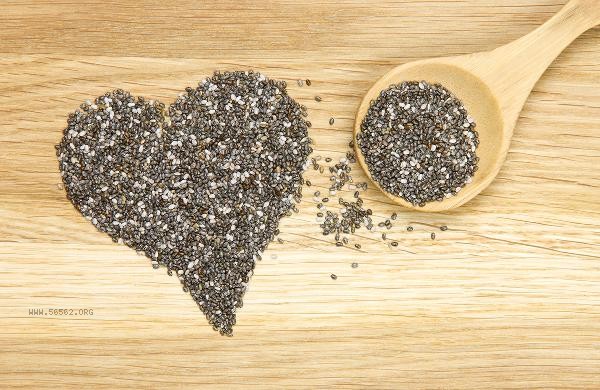Fresh wet seaweed can be directly mixed cold, boiled in soup or stir fried, suitable for pairing with tofu, eggs, shrimp and other ingredients to enhance nutrition and flavor. Seaweed is rich in iodine, dietary fiber, and protein, but attention should be paid to cleaning, removing sand, and consuming in moderation.

1. Cold Seaweed
Fresh and damp seaweed is washed and blanched for 30 seconds to remove any fishy odor. After draining, it is cut into shreds and mixed with minced garlic, light soy sauce, vinegar, and sesame oil. Can be paired with shredded cucumber or carrot to enhance the taste, suitable as an appetizer. Cold dishes can maximize the retention of water-soluble vitamins such as vitamin B12 in seaweed.
II. Seaweed Egg&vegetable soup. This method can release the umami amino acids in seaweed, which complement the high-quality protein in eggs and are suitable for people with weak digestive function.
3. Stir fry eggs with seaweed and shrimp skin
Heat oil until fragrant, add seaweed and stir fry quickly, then pour in egg mixture and stir fry until solidified. Shrimp skin provides calcium, while seaweed contains magnesium, and the combination of the two helps with mineral absorption. Pay attention to the fact that seaweed is prone to shrinkage when exposed to heat, and control the heat to avoid burning.
4. Seaweed Tofu Soup

Cut tender tofu into pieces and cook with seaweed, thicken and sprinkle with cilantro. The soy isoflavones in tofu and the phycocyanin in seaweed have a synergistic antioxidant effect, which is suitable for people with high blood sugar, high blood sugar, and high blood sugar. Suggest using lactone tofu to reduce purine intake.
V. Porphyra Rice and vegetable roll
Mix cooked rice with chopped laver and sesame, and knead them into a triangle or circle. The glutamic acid in seaweed can enhance the freshness of rice, and dietary fiber can delay the rise of blood sugar. During production, salmon chips or dried plums can be added to enhance the flavor level.
Fresh wet seaweed needs to be washed repeatedly with running water to remove sediment, and individuals with thyroid dysfunction should control their intake. It is recommended to consume 2-3 times a week, with no more than 20 grams per time. The arsenic content in seaweed may be high, and children and pregnant women should reduce their consumption frequency. When purchasing, choose products with a bright black color and no rancid odor. After opening, refrigerate and consume as soon as possible. Avoid prolonged high temperature heating during cooking to prevent damage to the polyunsaturated fatty acids present.









Comments (0)
Leave a Comment
No comments yet
Be the first to share your thoughts!